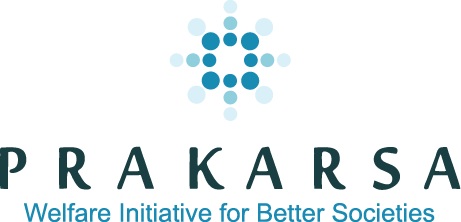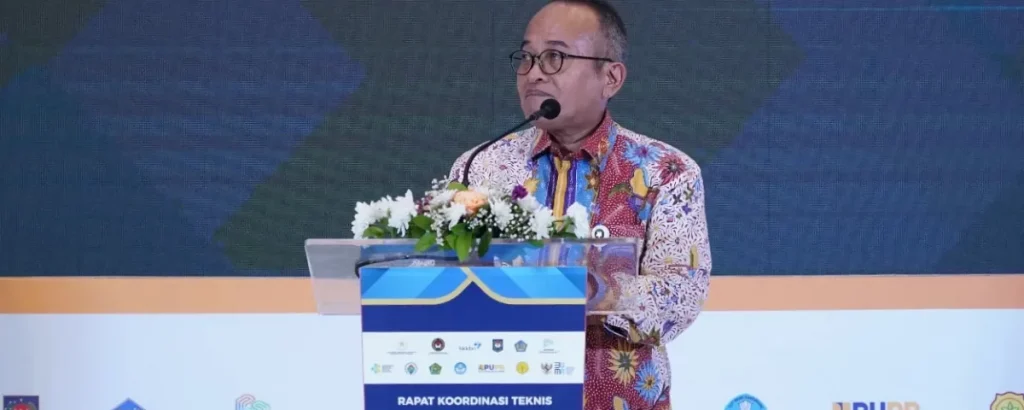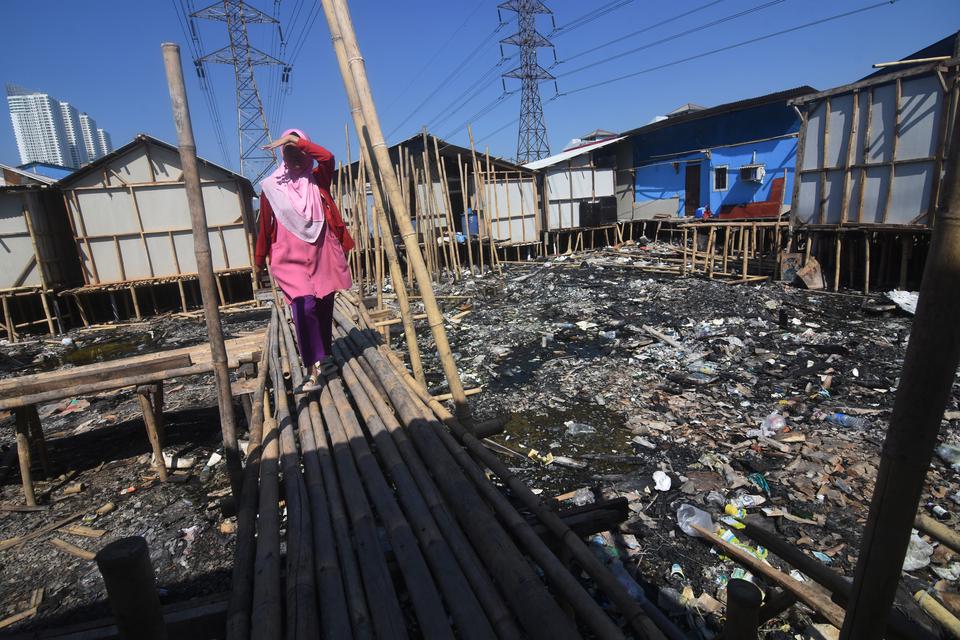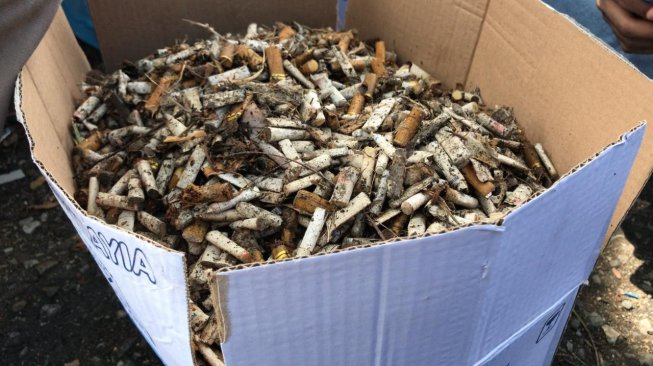
Infoanggaran.co.id, Jakarta - The Prakarsa proposes that tobacco product excise revenue (CHT) also finances environmental impacts. This is because so far tobacco products, especially cigarettes, have caused many negative impacts on the environment.
Program Manager The Prakarsa Herni Ramdlaningrum said the losses due to tobacco production included damage to 600 million trees, 200 thousand hectares of land and 22 billion tons of water.
Cigarette smoke has also released 84 million tons of CO2 into the atmosphere.
"CO2 emissions alone are equivalent to one-fifth of what is produced by the aviation industry and the losses have caused 7.000 toxic chemicals to be wasted and disturb the environment," said Herni in a discussion entitled 'Cigarette Tax Allocation for Environmental Improvement', Thursday (30/6/2022) .
Cigarette butts, he added, are the second largest source of plastic pollution in the world. This is because 300 billion packs of cigarettes produce around 1,8 million tons of used paper, plastic, tinfoil and glue. Every year globally, there are 75 percent (4,5 trillion) of cigarette butts scattered.
"A survey of smokers in the United States in 2012 found that 74,1 percent had thrown away a cigarette butt at least once and more than half admitted to dropping it on the ground or into a ditch or sewer," he said.
Therefore, Herni emphasized that environmental impact funding from CHT is absolutely necessary.
Regarding the amount, the government needs to calculate the cost of environmental recovery from CHT. One of them is by studying documents from other countries.
"If the figures are known, from there we can see, regulating the addition of this excise duty for this environmental remedy," said Herni.
Donate to the State Treasury
On the occasion, the Head of the Excise Tariff and Basic Price Section I of the Directorate of Technical and Excise Facilities of DJBC Putu Eko Prasetio revealed that tobacco products have so far contributed to state treasury income..
This year alone, as of May 2022, the realization of tobacco excise (CHT) aka cigarette excise has reached Rp193,53 trillion.
Putu Eko said that the excise revenue was indeed returned to the community in the form of the CHT Revenue Sharing Fund (DBH).
2021, for example. DBH CHT from total domestic tobacco excise revenues reached 2 percent. Of that amount, 30 percent is for tobacco-producing provinces, 40 percent is for districts/cities, and 30 percent is distributed to other cities/regencies in Indonesia.
"This CHT DBH isaddress or divided between tobacco-producing cities/provinces,” said Putu Eko.
Next year, CHT's DBH will increase to 3 percent of domestic tobacco excise revenues. DBH CHT is distributed 0,8 percent to excise-producing provinces, 1,2 percent to producing districts/cities and 1 percent to other districts/cities within the province concerned.
Meanwhile, the cigarette tax, which is as much as 10 percent of the cigarette excise tax, is distributed proportionally to the regions based on the population. As much as 30 percent for the provincial government and 70 percent for districts/cities.
"The use of cigarette taxes, at least 50 percent to fund public health services and law enforcement," said Putu Eko.
Furthermore, he explained that the excise tariff on tobacco products had been specifically regulated. The calculation is based on the cost per cigarette, cigarette, cigar or tobacco processing product and is accumulated with economic growth and inflation.
Putu ensured that almost 68 percent of the retail selling price that was set belonged to the government. The rest is to cover margins, production, distribution and marketing costs.
Sumber: Budget Info
